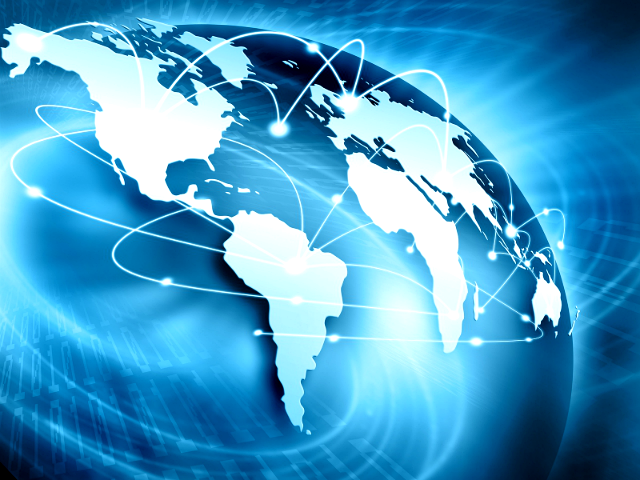The long road from communications service provider to digital service provider

The last two years have arguably witnessed the greatest advances in the mobile and telecoms space since the first mobile phone call was actually made on the April 3, 1973. With the emergence of 3G and 4G/LTE, the mobile space has changed beyond all recognition, as have the ways that consumers use mobile phones.
According to Vodacom's quarterly update for the period ending June 30 2014: The average monthly data usage on smartphones increased 44.5 per cent to 312 MB per device, and usage on tablets increased 43 per cent to 848 MB per device. While these figures are unique to the Vodacom group, they are broadly speaking, representative of wider global trends.
What defines a DSP?
As we become more data-hungry and the popularity and ubiquity of OTT (over-the-top) apps also continues apace, it raises a number of questions and issues for the more established and recognized brands in the space. Leading to a surge in communications service providers (CSP) steadily plotting their course toward becoming digital service providers (DSP).
The term digital service provider applies to the next generation of mobile service providers. Organizations that have moved on from offering core telecommunication services, voice and SMS, to providing mobile broadband access, services, apps -- all sold directly from the device.
The transition from CSP to DSP has been driven by the mass consumption of cellular data, speeded by LTE. Over 300 operators worldwide have so far launched commercial LTE (4G) networks, spanning over 100 countries. This figure is increasing almost daily, and will continue to do so for the foreseeable future.
Taking the plunge
What CSPs aspire to when beginning to evolve into a DSP is to monetize their LTE investments, while also growing more agile in their ability to create and launch new data services that are far more lucrative than the diminishing returns from voice and SMS.
The DSP isn't merely a dumb pipe offering shared access to a common utility; it is an online, real-time business that deals with countless transactions every day, managing high volumes of data traffic and multiple devices per user, and often multiple users per account. The mobile landscape has changed dramatically and CSPs are fine-tuning their businesses, and their network infrastructure, to cater for the digital needs of the data-hungry customer.
Currently traditional CSPs do less than 20 per cent of transactions online, whereas in the near future, DSPs will do more than 80 per cent of their transactions online (on devices rather than through retail stores), much like Amazon or other Internet-based brands. There is also the speed at which new propositions and products can be rolled out that sets DSPs apart. DSPs are more agile, have shorter, cheaper development cycles, and therefore all-round they are far more profitable.
As they undertake the DSP journey, CSPs will shed the costs of running traditional customer support operations because new IT systems will facilitate the transition to mobile self-care apps. These apps will allow consumers and enterprises to quickly manage their accounts, make new service purchases, receive alerts as they reach limits, add top-ups, and share their data packages with family or work groups.
The ideological flaw with CSPs
In a fully connected mobile and digital world, consumers demand a multi-channel experience that is consistent across any device and network they are using, and this in turn has advanced and redefined the "traditional" relationship between customer, brand and service. This paradigm shift has forced CSPs to re-evaluate their position and transform their businesses into ones which can sell an array of interactive services and experiences direct from the consumer's device, in an instant.
CSPs can no longer rely on traditional business models, approaches or legacy IT systems. They need to analyze the new environment they inhabit; recognize the new challenges they face; acknowledge what is expected of them from customers; embrace the fact that customers now drive the brand-consumer relationship, and plan a new strategy accordingly.
This is an interesting time for the industry and we will see more CSPs make the leap from being network-centric organizations to becoming customer-centric businesses in the DSP mold. This is an ideological shift, a new phase of evolution that is being driven by innovations in IT, bolstered by new operational models (such as cloud and virtualization) that enable operators to reduce costs, become more agile and adapt to changing market conditions.
Those operators that manage the transition successfully will be able to develop new and sustainable business models tailored to meet the customer's requirements.
Jennifer Kyriakakis is the founder & vice president of marketing at Matrixx
Published under license from ITProPortal.com, a Net Communities Ltd Publication. All rights reserved.